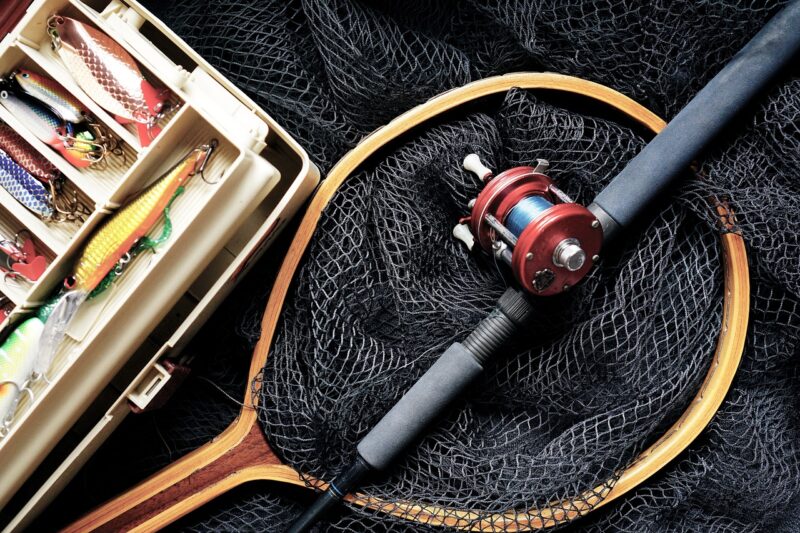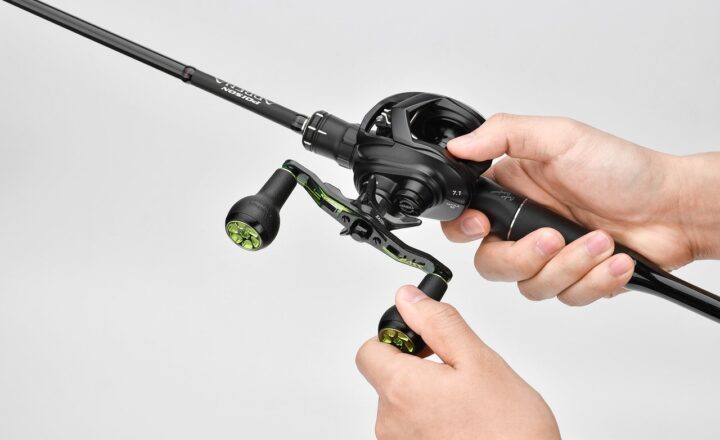The Art of Fishing: A Guide to Mastering Patience and Skill on the Water
November 11, 2024

Fishing is more than just a hobby; it’s an art form that combines skill, patience, and an appreciation for nature. Whether you’re an aspiring angler or a seasoned pro, understanding the fundamentals of fishing can lead to rewarding experiences, whether you’re solitary on a quiet river, enjoying a family outing, or engaging with friends. This detailed guide explores various aspects of fishing, from choosing the right gear to understanding different fishing techniques.
1. Understanding the Basics of Fishing
Before you cast your line, it’s essential to understand the basic principles of fishing. The sport can vary greatly depending on the environment—freshwater, saltwater, rivers, lakes, or oceans—and it’s crucial to familiarize yourself with the types of fish you want to catch, their habits, and the best equipment for the job.
1.1 Types of Fishing
There are several methods of fishing, each with its own unique challenges and rewards:
- Fly Fishing: Involves using an artificial fly to catch fish. This method is popular in freshwater rivers and streams, where skillful casting and a good understanding of fish feeding habits are paramount.
- Bait Fishing: Uses live bait to attract fish. This technique can be highly effective, especially for various species like bass, catfish, and trout.
- Spin Fishing: Involves using a spinning reel to cast lures or bait. This method can be applied in both freshwater and saltwater situations and is particularly beginner-friendly.
- Ice Fishing: A unique form of fishing conducted on frozen bodies of water. It requires specialized gear, including ice drills and shelter, to stay warm and comfortable while waiting for a bite.
2. Picking the Right Equipment
Investing in quality fishing equipment is essential for improving your fishing success. Let’s look at some fundamental gear you’ll need:
2.1 Rods and Reels
Choosing the right rod and reel combination is key to fishing effectively. Look for these features:
- Rod Length: Longer rods can cast farther but may compromise you in tighter spaces (like under trees). Shorter rods are better for close quarters.
- Reel Type: Spinning reels are user-friendly for beginners, whereas baitcasting reels offer more control but require more skill to master.
2.2 Fishing Line
The type of fishing line you use can greatly impact your fishing experience:
- Monofilament Lines: Good for beginners due to their versatility and ease of use. They have a good balance of strength and stretch, which helps during fights with fish.
- Braided Lines: Thinner and more sensitive, braided lines provide excellent strength and durability, making them ideal for catching larger fish.
- Fluorocarbon Lines: Almost invisible underwater, making them great for spooky fish in clear waters. They’re typically less stretchy, which provides maximum sensitivity.
2.3 Lures and Bait
Baits can be either live or artificial, depending on your style of fishing:
- Live Bait: Natural food like worms, minnows, or insects can be extremely effective for many species.
- Artificial Lures: Designed to mimic the movement and appearance of prey, lures come in various shapes and sizes, including jigs, spoons, and plugs. They require different retrieval techniques, making fishing more dynamic and engaging.
3. The Art of Casting
Casting is a skill that needs practice. The ability to cast accurately and at the right distance can significantly improve your chances of a successful catch:
3.1 Basic Casting Techniques
Start with the following techniques:
- Overhead Cast: The most common cast; it involves swinging the rod over your shoulder and bringing it forward in one fluid motion.
- Sidearm Cast: Useful for tight situations, this involves casting with your arm parallel to the water’s surface.
- Pitching and Flipping: Techniques to cast a lure short distances quietly, ideal for targeting fish hiding in cover (like under docks or trees).
3.2 Mastering Your Accuracy
To improve casting accuracy, practice in open areas before trying in real fishing environments. Focus on your grip on the rod, the smoothness of your motion, and your release timing. Using targets can help you gain precision and control.
4. Patience: The Hallmark of a Successful Fisherman
Fishing is often characterized by intermittent action, with long periods of waiting before a fish bites. This is where patience becomes an essential trait:
4.1 Letting Time Work for You
Understanding that fishing often requires time is crucial. While waiting, take the opportunity to absorb your surroundings, practice mindfulness, or even enjoy a snack. The allure of fishing is often tied to the experience rather than just the catch.
4.2 Learning to Read the Water
Spend time observing the water’s surface: watch for feeding fish, swirls, or ripples around structures where fish might be lurking. Learning these traits can improve your efficiency and overall experience.
5. Safety and Conservation Considerations
While fishing could be a peaceful activity, it’s vital to prioritize safety and conservation:
5.1 Safety Tips
- Wear a Life Jacket: Especially when fishing from larger boats or in unpredictable waters.
- Check Weather Conditions: Always be aware of the weather forecast and prepare for changing conditions.
- Stay Hydrated and Protected: Drink plenty of water and use sunscreen to protect yourself from sunburn.
5.2 Conservation Practices
Protecting the ecosystem should be a priority for every angler. Follow these practices to ensure sustainable fishing:
- Catch and Release: Consider releasing some of the fish you catch to help maintain healthy populations and ecosystems.
- Follow Local Regulations: Understand and abide by laws regarding fishing seasons, size limits, and specific species restrictions.
- Clean Up After Yourself: Always leave the environment cleaner than you found it, disposing of waste and tackle responsibly to prevent harm to wildlife.
Conclusion: Embrace the Journey
Fishing is an incredible way to connect with nature, learn patience, and spend quality time with friends and family. It challenges you to develop skills and appreciate the art of patience, often transforming the simplest outings into profound experiences. With your newly acquired knowledge and gear, it’s time to embark on your fishing adventure. Remember, the best catches often occur when you’re least expecting them, so cast your line and enjoy every moment spent on the water.








